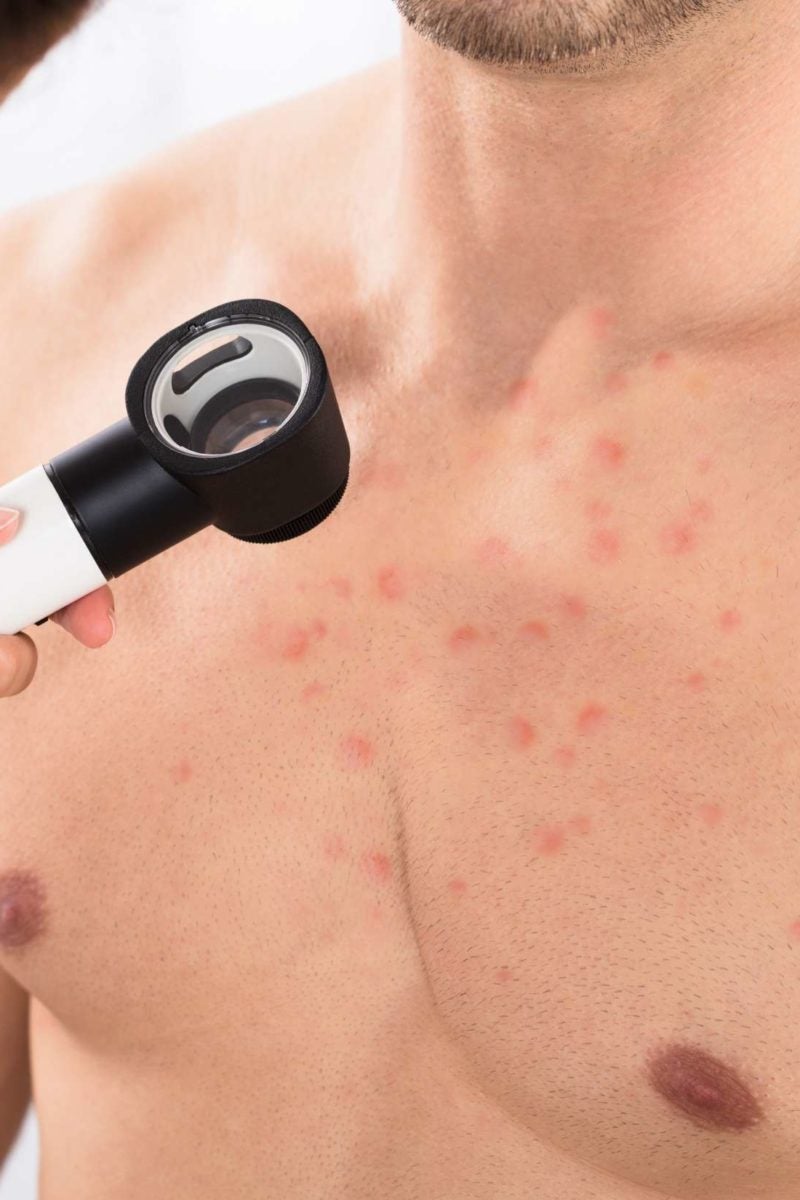Table of Content
Regularly clean and take out your contacts, particularly if you have diagnosed with conjunctivitis. If you have pink eye but do not have a fever or other symptoms, you may be allowed at work or school with your doctor’s approval. However, if you still have symptoms, you should not attend. Pink eye is highly contagious and is easily spread through hand-to-eye contact or contaminated objects. If you have pink eye from allergens, it can go away quickly, assuming you treat it with antihistamines and other proper care.
It usually causes a lot more mucus and irritation than other pink eye causes. If your eyelids are sticking together, a warm washcloth can loosen the dried mucus so you can open your eyes. Rarely, previously worn contact lenses may be a source of reinfection. For this reason, your doctor may ask you to carefully disinfect or discard those lenses and even their cases. So if you are currently struggling with pink eye and are looking for some relief, look no further than my favorite home remedies. It may be more appropriate to use an ointment antibiotic when treating a toddler.
Different types of pink eye
These treatments may be recommended on their own, or in combination with medication. To manage overall eye health, stay up to date with routine eye exams, and don’t hesitate to schedule an additional exam if you begin experiencing problems with your vision. Your doctor may treat irritant-caused pink eye by flushing the eyes to remove the irritant from the eyes.
Never share towels or pillows with someone who has pinkeye. You don’t always need to see a doctor if you have pink eye. Pink eye, or conjunctivitis, causes swelling and redness in the inside of your eyelid and the white part of your eye. Allergic conjunctivitis is an inflammation of the tissue that lines your eyelid due to an allergic reaction, rather than an infection.
Treating bacterial pink eye
Antibiotic prescription fills for acute conjunctivitis among enrollees in a large United States managed care network. People should also speak with a doctor if their symptoms last longer than 1 week. People can try using a warm, damp cloth to remove pus from the eye and lashes. They may also find that a warm shower helps remove the dry crust.

This wikiHow will give you a few tips on how to speed the recovery process, depending on the form of pink eye you have. Although there is a wealth of home remedies, the underlying cause of conjunctivitis may be something that a doctor needs to address, such as a sexually transmitted disease. When you notice these symptoms, visit a medical professional, and then use these home remedies as a complementary treatment, after discussing your options with a doctor. Finally, if these symptoms are seen in infants, immediately see a doctor, as this infection in infants can result in vision loss or permanent damage. It has undeniable anti-inflammatory properties and antibacterial abilities, which help in treating irritated skin and relieving pain.
Treating allergic pink eye
They help to soothe and treat various infections in the eyes like styes and pink eyes. Honey has been widely used in the natural healing traditions for many years. Honey is well known to reduce irritation and inflammation in the eye. It helps to kill the bacteria causing the infections.

The good news is that pink eye is usually highly contagious, but there are a few exceptions. For example, viral pink eye is often caused by the same viruses that cause the common cold. This means it can be passed through coughing and sneezing. Pink eye is a contagious infection of the eye that can cause redness, itchiness, and discharge. Pink eye usually goes away on its own within to days, but some cases may last longer.
This excellent oil is rich in characteristic vitamin A, vitamin D, and B2 and vital crucial unsaturated fats. Verify you purchase fermented cod liver oil and not the standard cod liver oil as aged cod liver oil has a much higher wholesome worth. Borax and boric corrosive are great home solutions for conjunctivitis because the solid is hostile to microbial, against viral and mitigating qualities. There are some simple steps you can take to feel better, no matter what’s causing your pinkeye.
In contrast, the discharge from viral and allergic pink eye looks more like water. People with bacterial pink eye might find that thick discharge, or pus, leaks from the eye. Pus dries quickly, forming a crust along the edges of the eyelids.
It is safest to see your child’s doctor for proper diagnosis and treatment recommendations if you think they have conjunctivitis. If you suspect pink eye in your toddler, their symptoms should be reviewed by a doctor. If your child has a contagious form of pink eye, they’ll need to spend time at home to reduce the chances of spreading the condition to others. Pink eye is usually not contagious if it is caused by a virus or bacteria, but it can be if it is caused by an allergy.
For example, conjunctivitis caused by herpes simplex virus or varicella-zoster virus. Antibiotics will not improve viral conjunctivitis; these drugs are not effective against viruses. Sometimes, pink eye can be severe and you’ll need to see a doctor for medicine. Regular primary care doctors can treat most cases of pink eye, so you may not need to see an eye doctor. Light-sensitivity is more likely to be a sign of measles-related pink eye. Sensitivity to indoor light is always a sign of a serious eye condition, usually involving sight-threatening damage to the cornea.


No comments:
Post a Comment